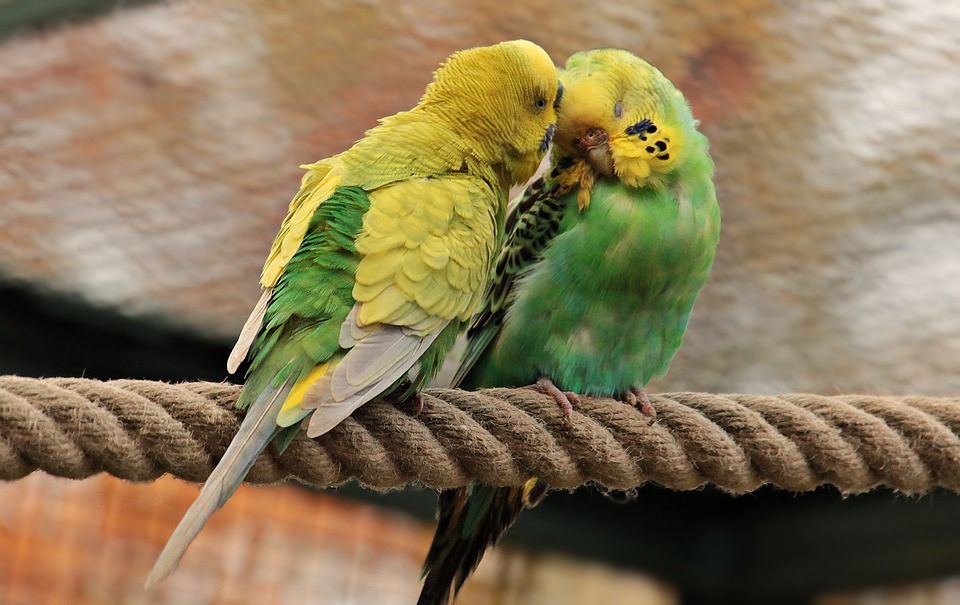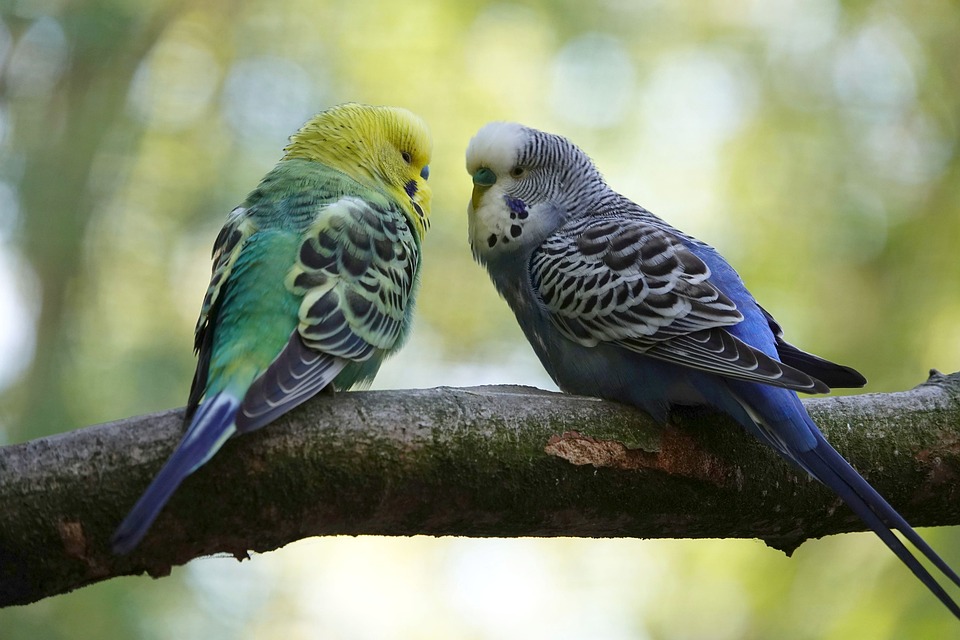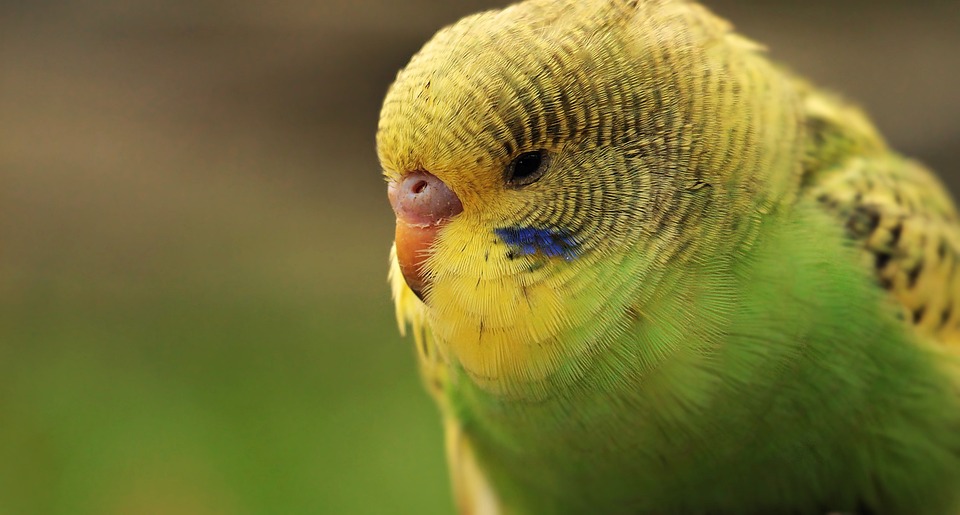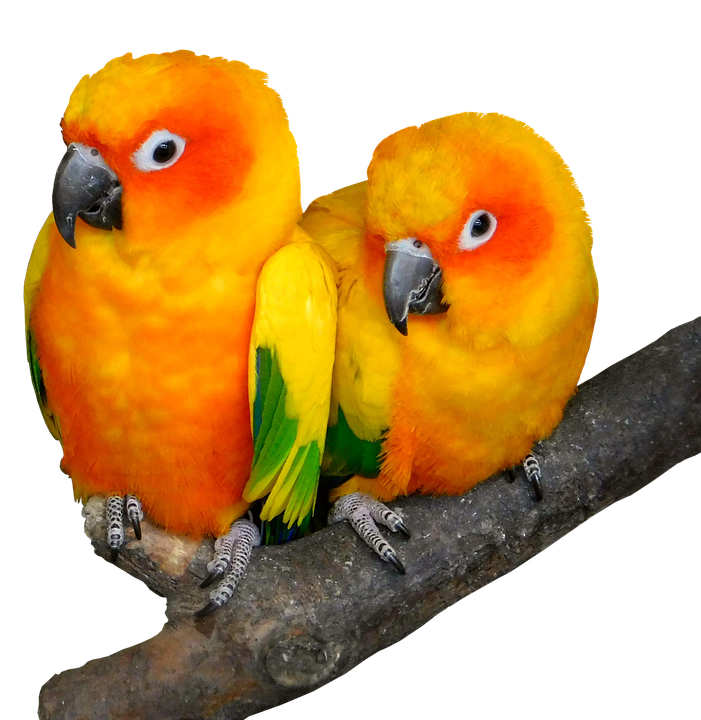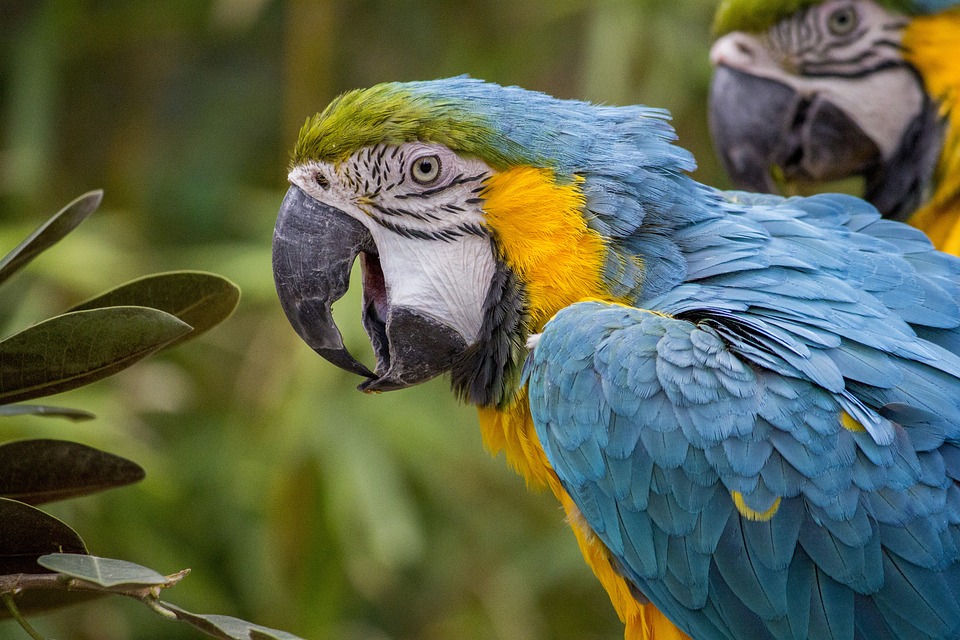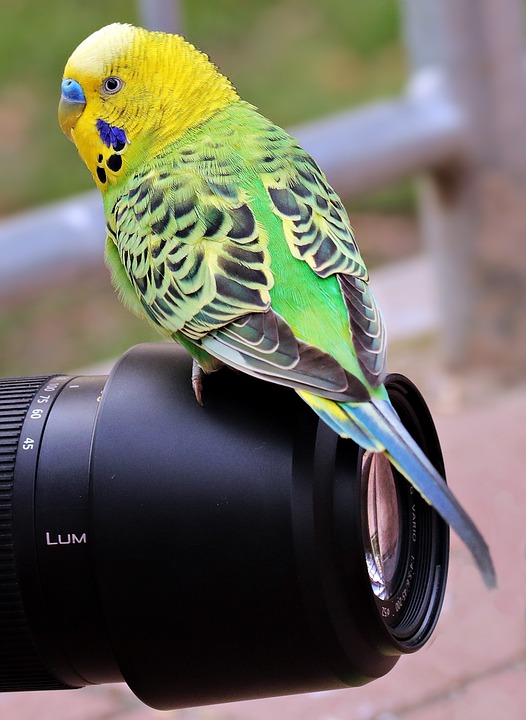Parrots are highly intelligent and social creatures that require mental stimulation and social interaction. Like humans, they exhibit various behaviors to communicate their needs and emotions. Attention-seeking behaviors are commonly observed in parrots, and understanding how these behaviors impact their responses is crucial for their well-being. In this article, we will explore different attention-seeking behaviors in parrots and provide insights on how to effectively respond to them.
Attention-seeking behaviors in parrots can manifest in various ways. One common behavior is vocalization, where parrots excessively scream or make loud calls to gain attention. They may also mimic sounds or words to engage with their owners, and some parrots even whistle or sing as a way to seek interaction.
Feather plucking is another attention-seeking behavior in parrots. When they feel neglected or lack mental stimulation, they may engage in self-destructive behavior by plucking their own feathers. This behavior can also indicate stress or boredom.
Biting is another attention-seeking behavior exhibited by parrots. They may nip or bite to seek attention, especially if they feel ignored or lack mental stimulation. Biting can also be a way for parrots to establish dominance or territoriality.
Preening is a behavior where parrots request grooming or physical contact as a bonding mechanism. Mutual preening between parrots is a way for them to engage in social interaction and seek attention from their owners or other birds.
Several factors can influence attention-seeking behaviors in parrots. Lack of stimulation, both mental and physical, can lead to boredom and an increased desire for attention. Parrots require toys, puzzles, and interactive playtime to prevent attention-seeking behaviors. Social isolation can also trigger attention-seeking behaviors, as parrots are highly social animals that need regular interaction with their owners or other birds. Inconsistent attention from owners can also result in attention-seeking behaviors, as parrots may resort to extreme behaviors to gain attention.
To effectively respond to attention-seeking behaviors in parrots, positive reinforcement is key. Rewarding desired behaviors with treats, praise, or affection can encourage and reinforce calm behavior without resorting to attention-seeking tactics. Providing enrichment and mental stimulation is also important. Parrots should have access to a variety of toys, puzzles, and activities to keep them engaged. Regularly rotating toys can maintain novelty and prevent boredom.
Regular social interaction is crucial for parrots. Spending quality time with your parrot, engaging in interactive play and training sessions, can help reduce attention-seeking behaviors. Consider introducing another parrot or arranging playdates for socialization. Establishing a consistent routine for feeding, playtime, and interaction can also reduce anxiety and attention-seeking behaviors, as predictability helps parrots feel secure.
In conclusion, understanding attention-seeking behaviors in parrots is essential for their well-being. By providing mental stimulation, consistent social interaction, and positive reinforcement, parrot owners can effectively manage and reduce attention-seeking behaviors. It is important to remember that patience and understanding are key when dealing with these intelligent and social birds.


